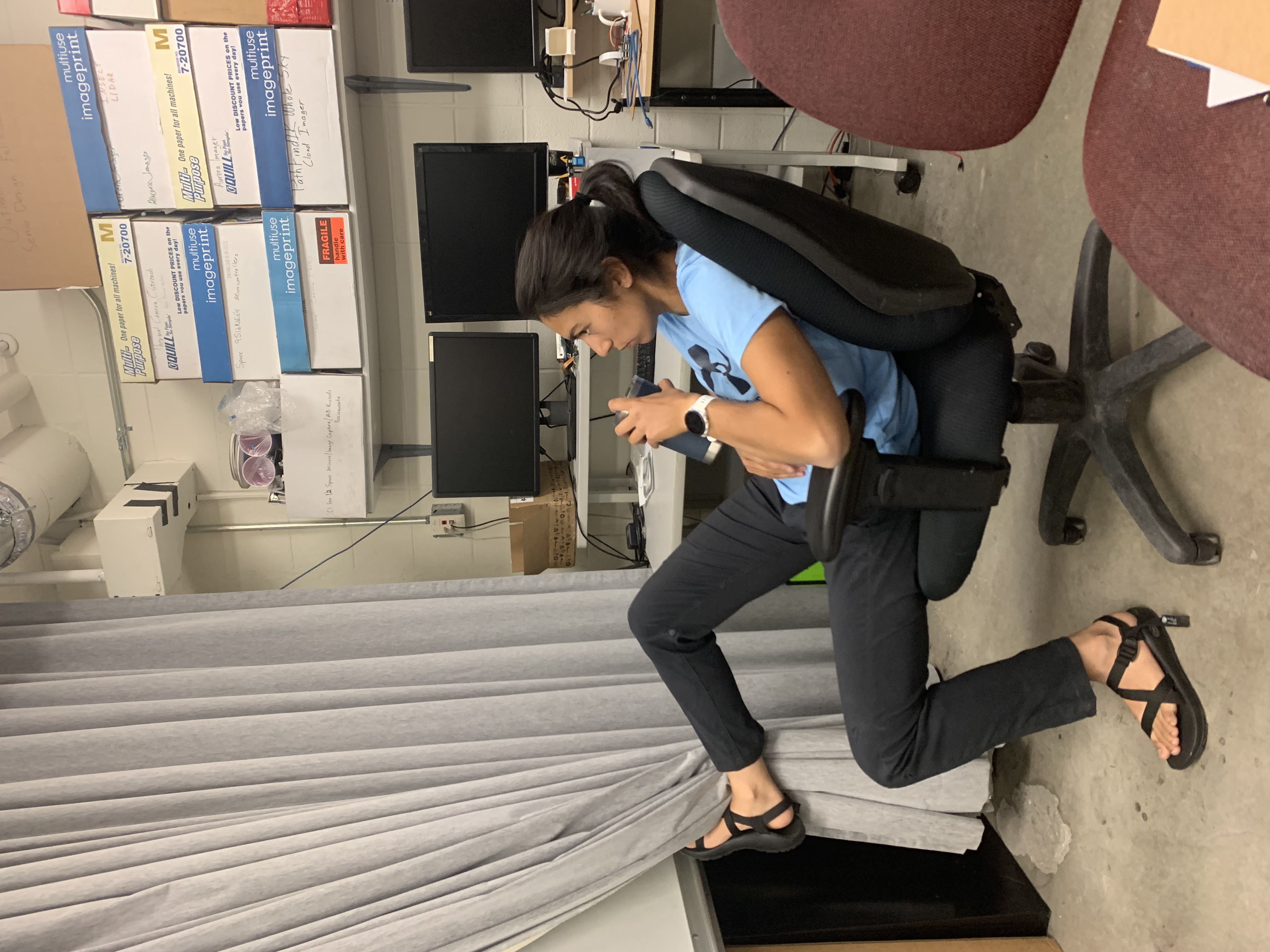
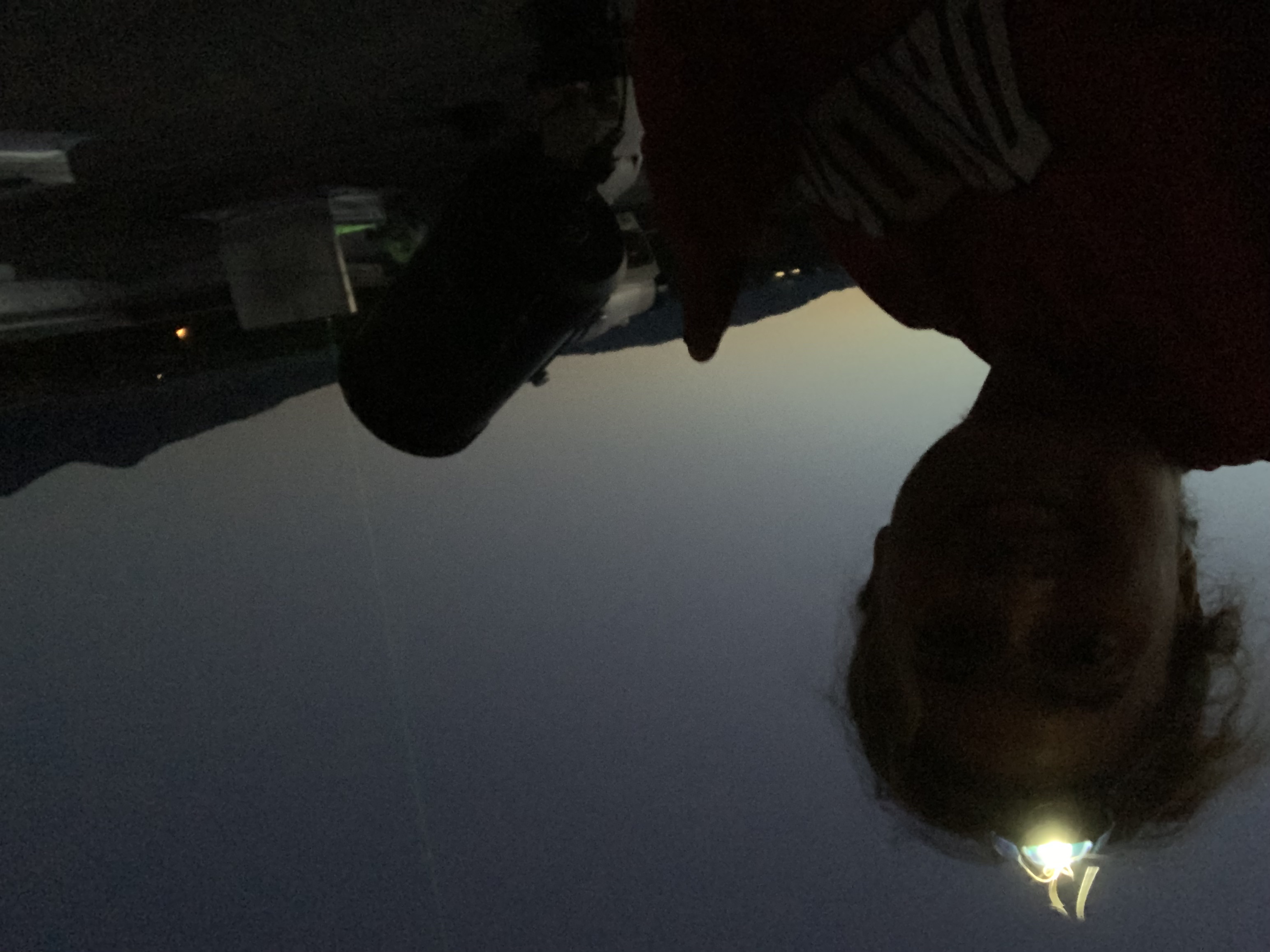
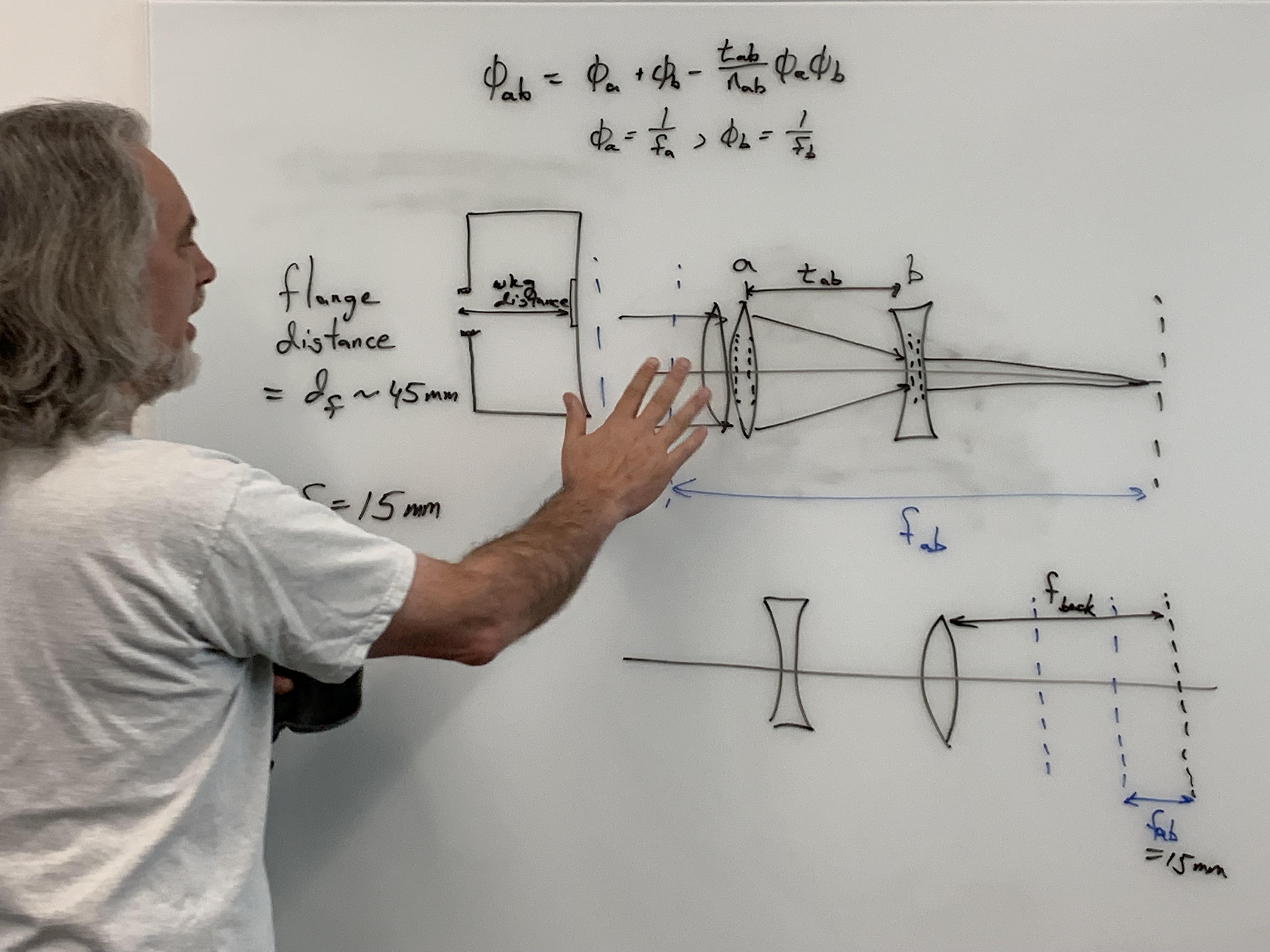
From left to right: Erica, myself, Joe



From left to right: Erica, myself, Joe
This summer I am conducting research at Montana State University through the Solar Physics REU program, funded by the National Science Foundation (NSF). I work within Joe Shaw's Optical Remote Sensor Lab (ORSL) group, and am studying how wildfire smoke affects the moon's degree of linear polarization throughout the lunar cycle.
As climate change develops, wildfires will become even more prevalent in the western United States; my research helps understand the environmental impacts of wildfire smoke, and gives insight as to how remote sensing and polarization imaging will have to
evolve and adapt. Additionally, my research directly affects the development of a passive remote sensing device measuring nighttime cloud thermodynamic phase (CTP) imaging, a current ORSL project after success with measuring CTP during daylight. Cloud thermodynamic phase, or the ice/liquid quality of clouds, is determined
by how light scatters within clouds; in order to best understand this process, we have to understand the light that illuminates the clouds - at nighttime this is sunlight reflected off of
the lunar surface - and how that is affected by the regional air quality.
More broadly, developing a passive remote sensor device measuring cloud thermodynamic phase makes
CTP faster, easier, and more accessible. Studying and quantifying cloud thermodynamic phase itself has many valuable impacts on greater society
The basis of my work is measuring the polarization (the direction of light's electric field) of the visible lunar surface. Previously, to take these polarization measurements, ORSL has used a camera with a polarizing filter, and have rotated the filter manually to get different polarization measurements. However, with updated technology, we currently are able to measure 4 polarization states at once, using a Division of Focal Plane (DOFP) camera. The DOFP camera takes measurements of irradiance (optical intensity) with an arrangement of 4 different degrees of polarizers (0, 45, 90, and 135) on a group of 4 micro pixels. The image below depicts the inner inlay of the polarizers over the camera's pixels.
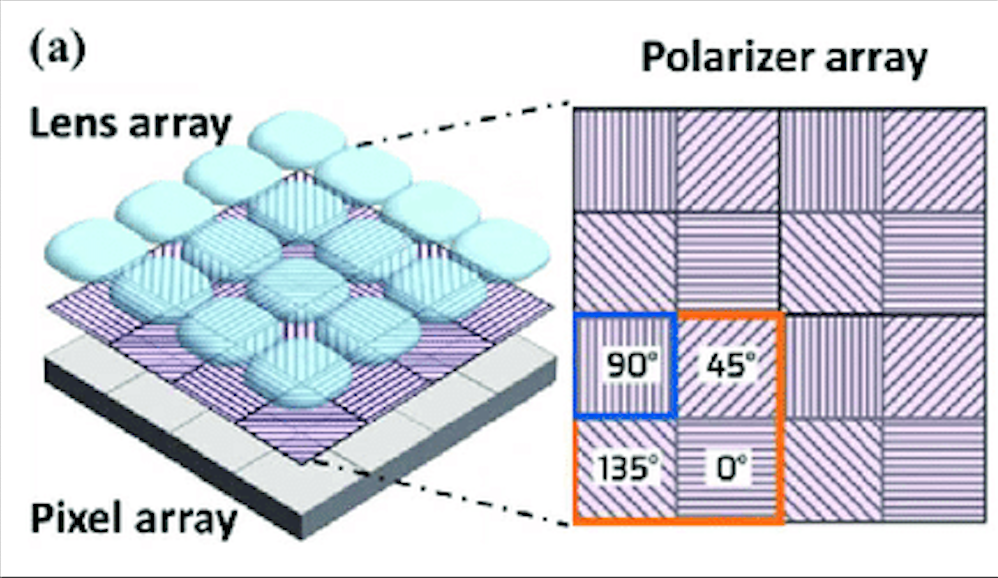
The particular device we are using is a FLIR Blackfly camera, mounted on to a Celestron telescope (using a C-mount adaptor). The set up is show below.
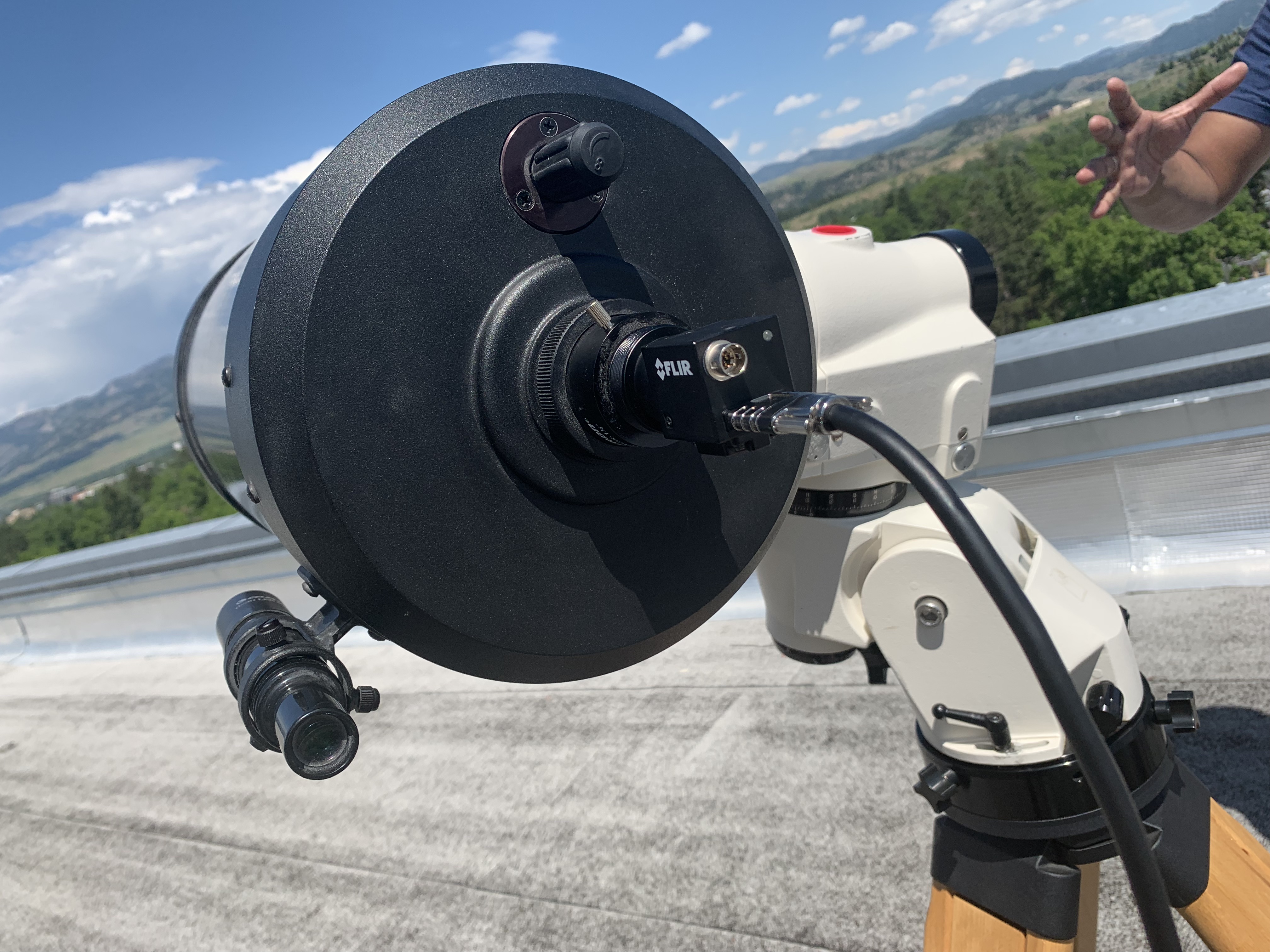
With the DOFP camera, I extract the 4 different polarized irradiance measurements and use these to create the Stokes Parameters, which make up the Stokes Vector - a set of values which describe light's brightness and polarization. When these Stoke Parameters are combined using the formulas below, they are able to describe the degree of linear polarization (DoLP), or the percent of light that is lineally polarized, and the angle of polarization (AoP), or the dominant direction of the electric field of the polarized light. The images below shows, left to right, the calculation of Stokes Parameters using irradiance measurements, the calculation of DoLP, and the calculation of AoP.
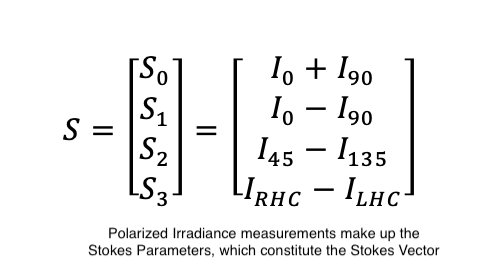
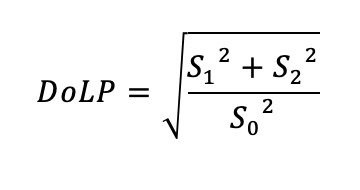

Having the polarization information from our DOFP camera, I am able to generate images that map the degree of linear polarization, radiance, or S0 (the Stokes Parameter that measures brightness), and angle of polarization (however this value is not yet calibrated, hence it is not being used in our current research.) per each frame taken. For each night of data taken, I also denote the aerosol optical depth (at 500 nm) that describes the air quality or smoke content of that given night. Below are figures I generated from data collected on July 30th, 2021, when the moon was 61.9% illuminated and a waning gibbous; the x and Y axes are pixel location, and the color scheme is quantized by each individual color bar. The average DoLP for the visible lunar disk is 0.0947%, calculated by averaging the DoLP over the lunar area, dented by the binary moon schematic pictured. If you look at the DoLP and S0 images, you can also see the Umov effect in action (the Umov effect states that in brighter lunar region there is a smaller amount of linear polarization).
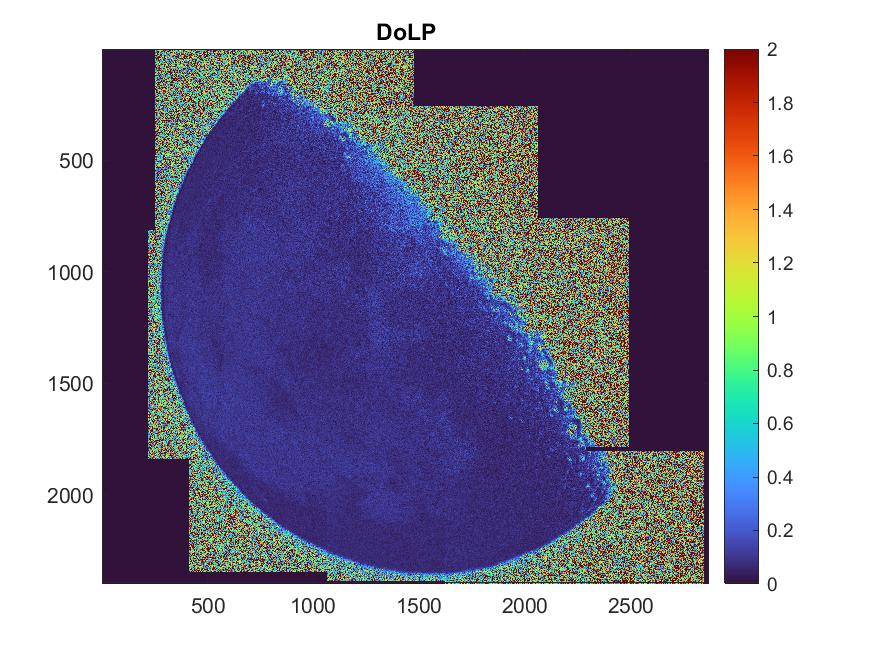
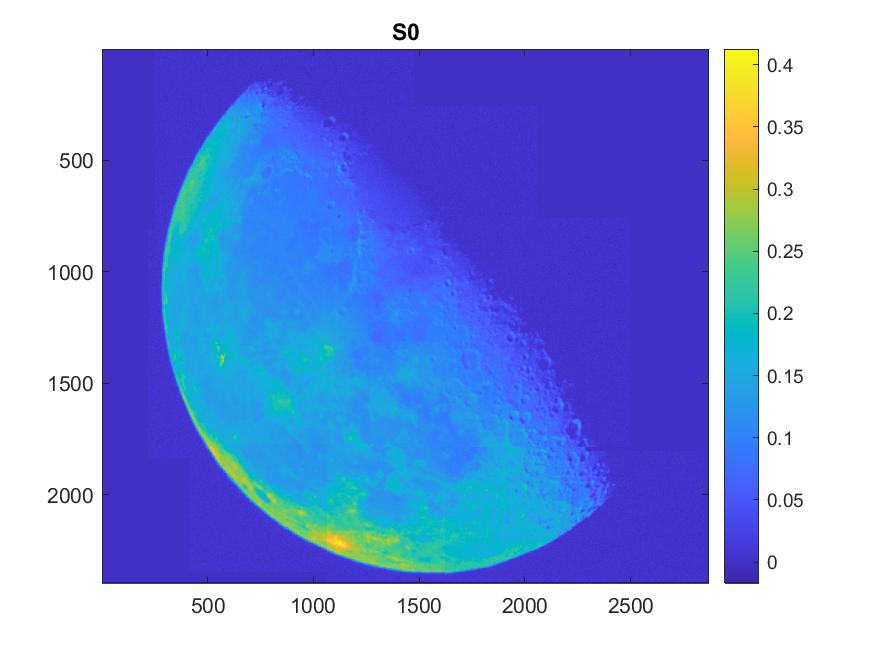
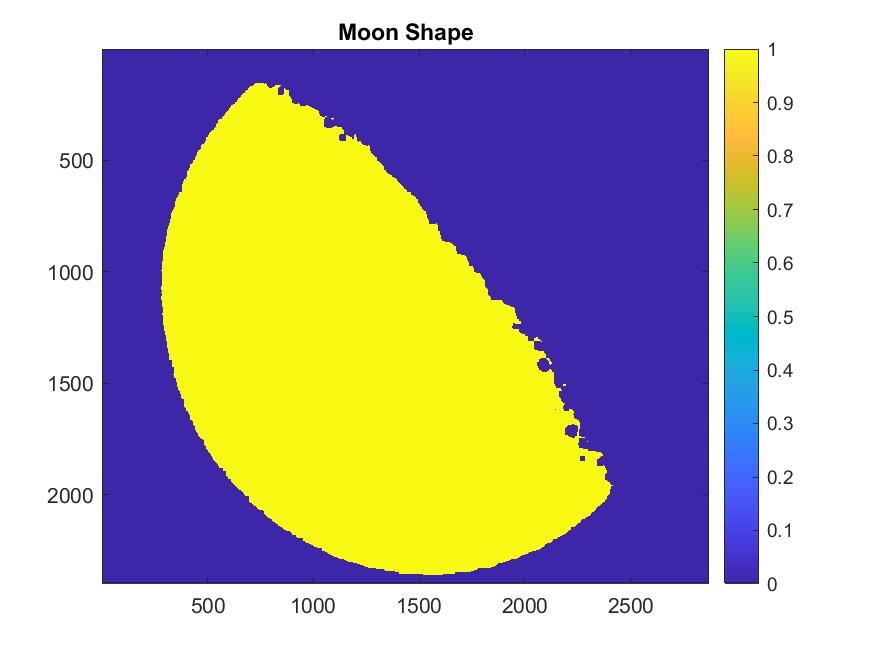
Here is another night's data, this time showing images from August 2nd, 2021, when the moon was 32.9% illuminated and a waning gibbous. The average DoLP for the visible lunar disk is 0.1228%, and this larger DoLP is expected as percent illumination decreases because of the lunar phase angle, or orientation of the moon. You can visibly see the increase of DoLP as well in the image, as well as again, the prevalence of the Umov effect.
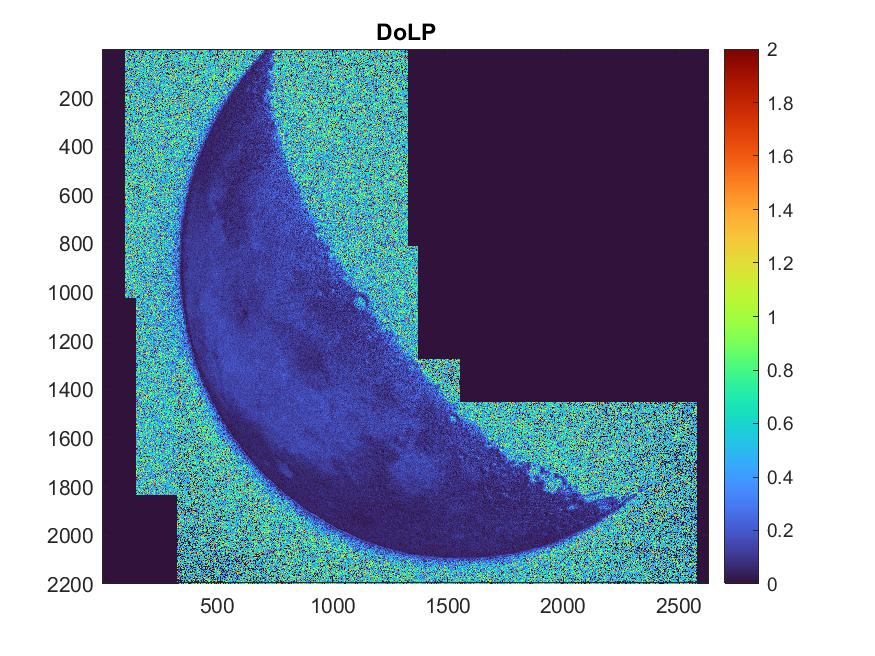
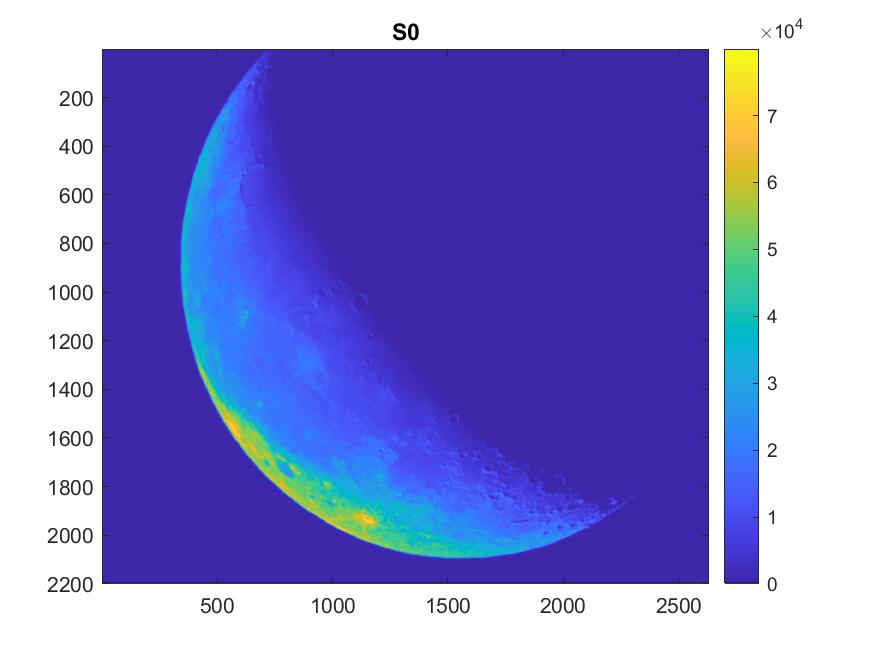
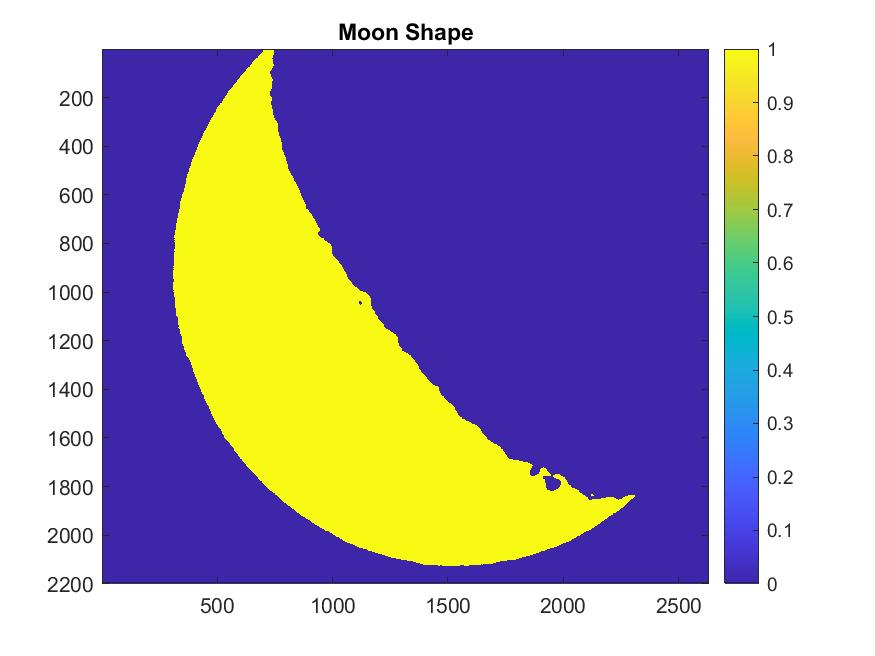
Throughout this summer I have been able to take many measurements during smoky evenings, denoting DoLP, AOD, percent lunar illumination, lunar altitude, and other relevant pieces of information for each day of data. I denote these in a spread sheet, and over the course of Fall 2021, will continue to work with Erica and Joe to make, process, and analyze more measurements. Ultimately, we aim to compare degree of linear polarization to lunar phase and air quality by plotting these three parameters against each other, with lunar illumination on the x axis, DoLP on the y, and AOD on the z. We will present out findings at the American Geophysical Union (AGU) Conference in December of this year. For now, here is a preliminary plot showing lunar illumination on the x axis, degree of linear polarization on the y, and a red representing smoky nights while blue represents clear nights. Known trends of increasing polarization with decreasing illumination are seen, as well as preliminary evidence of smoke decreasing the degree of linear polarization.

As mentioned in my "Impacts of Research" section, my work with direct moonlight polarimetry directly effects the ability to study cloud thermodynamic phase at night. Though I do not directly work on this project, I do assist taking measurements,
and in the future my work will play an active role in this research.
To study CTP at night, we use a passive remote sensing, three camera Nikon camera system with a different polarized filters (0, 60, and 120°) on each camera lens. We also used the Class 4 laser MAML in Cobleigh
Hall to double check the Nikon measurements. Below are photos of MAML and of me in the laser room, wearing my proper safety eyewear :)
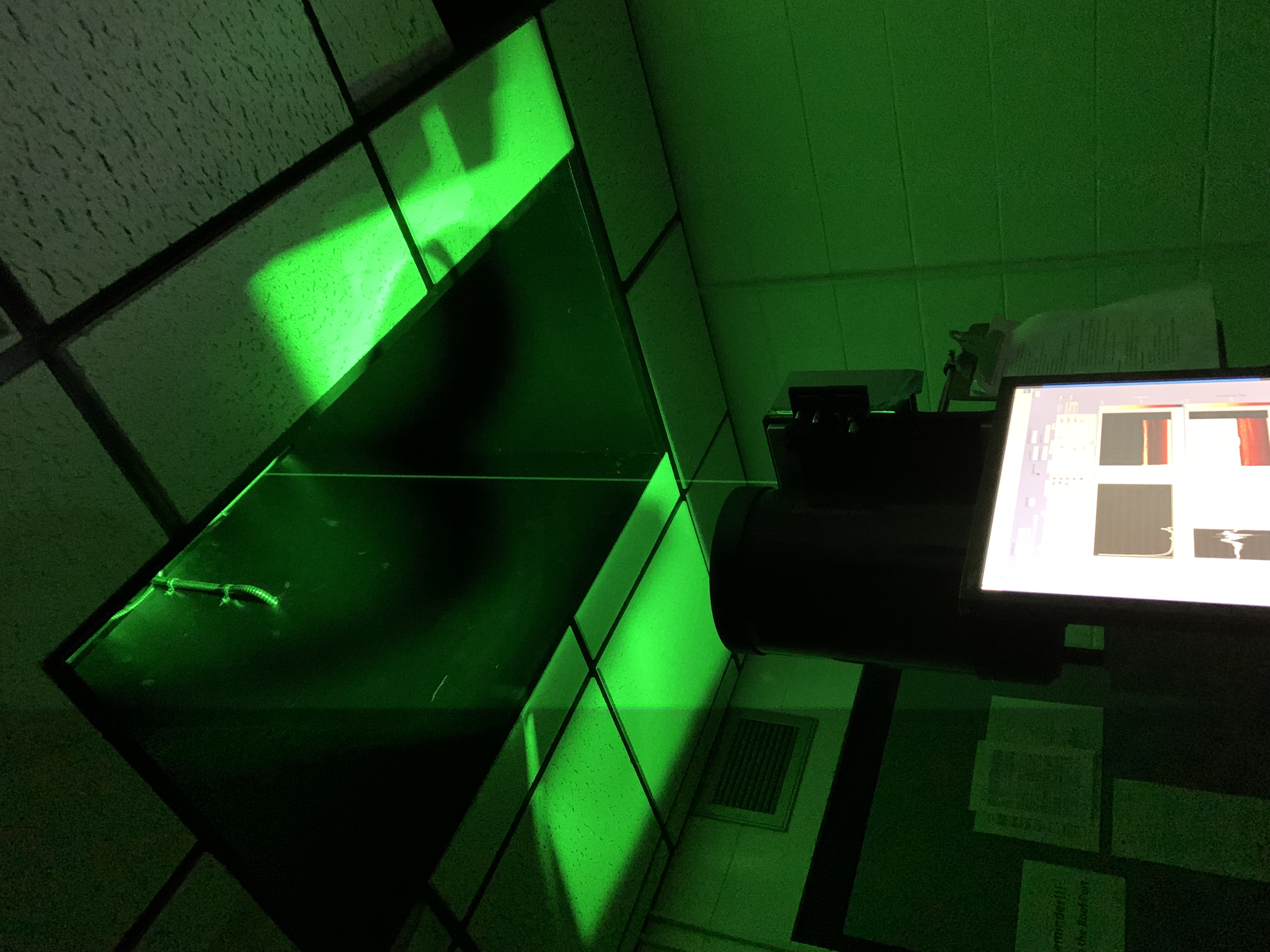
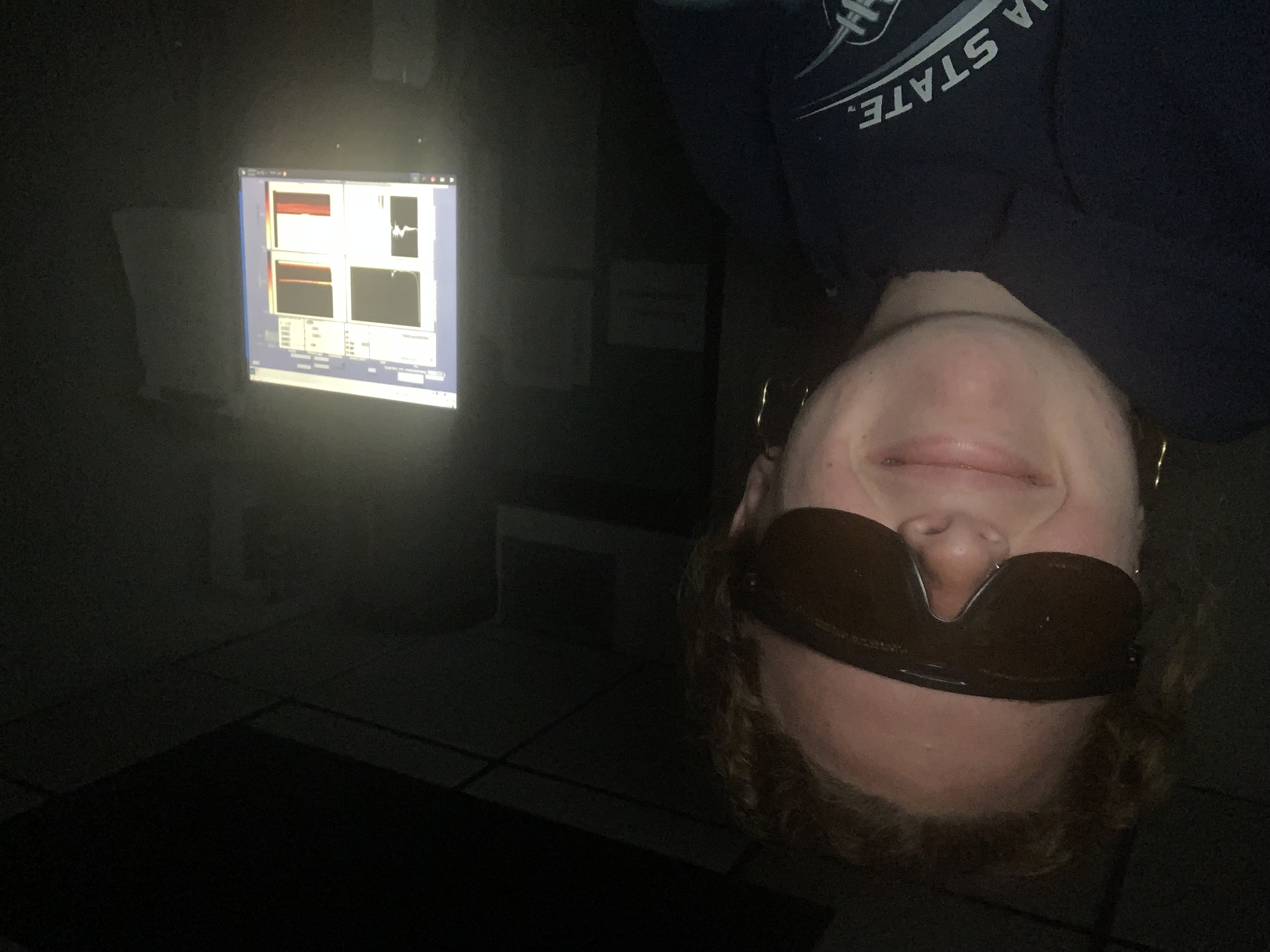
Here are links to my REU midterm presentation and final presentation!
Midterm Presentation
Final Presentation
Last updated: August 7th, 2021